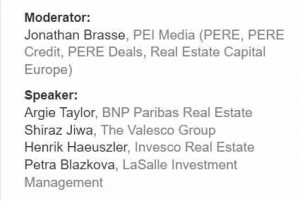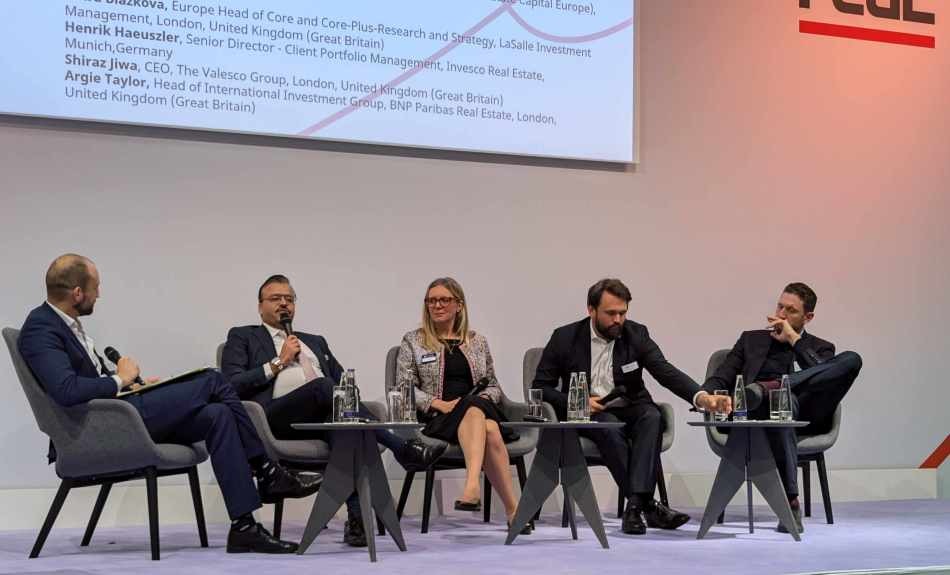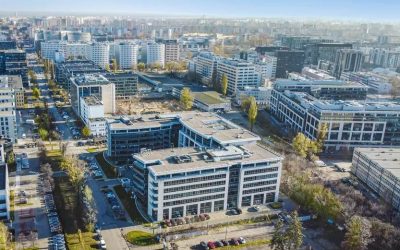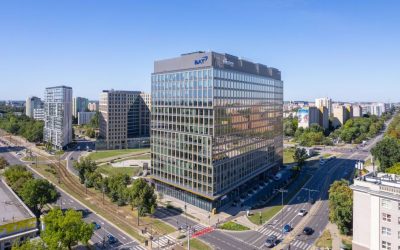One of the most interesting discussions I watched at Expo was on the last day, when your head is barely working enough to find the right auditorium. Investor landscape in transition moderated by the excellent Jonathan Brasse of PEI Media who was trying to make sense of where the market is at the moment.

He got Shiraz Jiwa of the Valesco Group talking about what had driven the last market. Jiwa said property people have a tendency to forget that some investors flit in and out of property, moving their money to wherever they see profits to be made. In the low interest rate period after the GFC, “when allocators are looking at whether to put their capital into equities, private equity, venture capital, etc., it was real estate that started to make a lot of sense.” Jiwa said that once low interest rates kicked in, “you saw fixed-income portfolios who were getting next to nothing on their bond portfolios navigate towards long-income commercial real estate and use that as a proxy. That’s why we saw an incredible yield compression in most places. Here in Germany in the top seven cities, you went from a typical five to six in terms of a cap rate down to less than an eye-watering two.”
Shiraz said that this correlation between interest rates and real estate yields is different than it was. “If you look back at 2007 in London, UK bank base rates were in the fives. City of London cap rates were in the low fours. West End was even tighter.”
The microphone then got passed to Argie Taylor of BNP Paribas Real Estate, who spoke about a significant transaction underway in the German capital called Berlin Upper West. It’s a big office building built in 2017 that as a €400 million-plus asset attracted 37 bids. “That’s nine billion of cash chasing an office investment,” he said, unable to avoid hyperbole entirely. Who was bidding? “It was genuinely a who’s who of real estate,” he claims. Sovereign funds, American money, European funds and German open-ended funds.
Taylor was realistic in his assessment of how much importance to read into this emerging transaction. “This one is unique, ok? This is a genuinely quality office building, built in 2017 with no competing stock coming online because there’s financing for the next phase of office construction. Not many people are doing speculative offices right now, so there are huge barriers to entry.”
As a prime located asset, he says the building appeals to global occupiers as well as the German occupiers. “What [this deal] shows is that the global investor community is fundamentally sector agnostic. You hear across the board that all anyone wants is beds and sheds, and of course data centers. But for the right priced asset, which has the right risk profile, there is global interest.”
Of course, Taylor’s view is that of an enthusiastic agent. All signs that point towards liquidity are welcome ones for brokers. Speaking afterwards, Petra Blažková (LaSalle Investment) suggested rather more soberly that it remains to be seen how deep these pools of equity are — and whether investors have an appetite to spend them.
Also in ThePrime
Tomáš Kadeřábek (Assoc. of Developers): We need to look to the future






